
Studies at Tyson shows variable lighting, enrichment huts aid broiler welfare, productivity
Continuous lighting is commonplace in commercial broiler houses, but is that what’s best for the birds?

Continuous lighting is commonplace in commercial broiler houses, but is that what’s best for the birds?
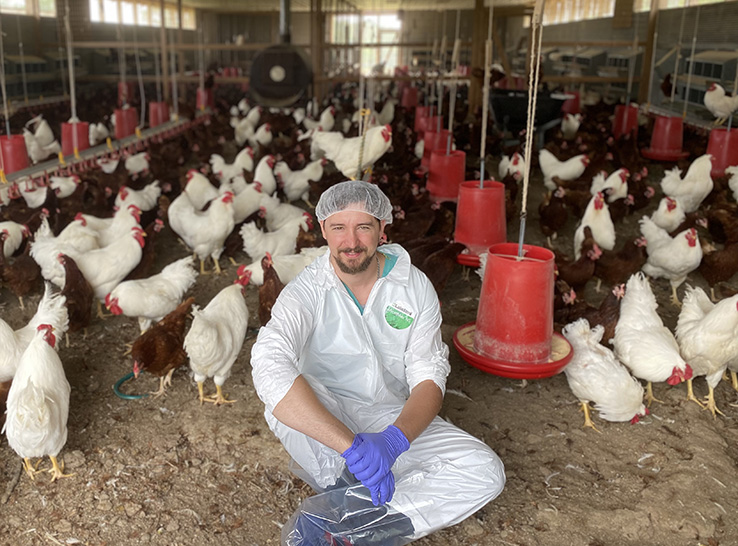
By Alexander W. Strauch, DVM
Four Star Veterinary Service, LLC
Minton Veterinary Service Office
Chickasaw, Ohio

Histomoniasis is nothing new to turkey producers, yet treatment options remain a major challenge. Bans of therapeutic and prophylactic compounds in several countries in recent years have only added to outbreak risks, emphasizing the need for alternative control strategies.
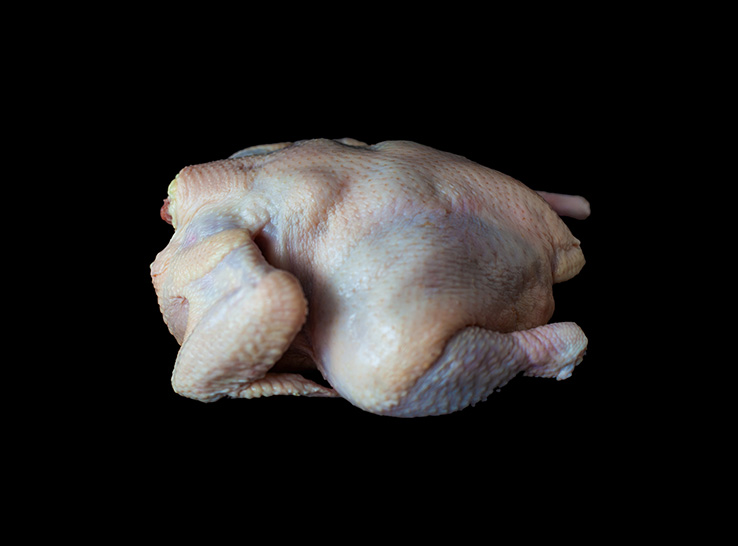
The ability to process birds on farms and eliminate live transport offers some compelling benefits to the poultry industry whose customers are increasingly disconnected from animal agriculture.

By Daniel Wilson, DVM
Wilson Veterinary Company
Indianapolis, Indiana

The chicken carcass is the broiler industry’s final product, but a range of issues can affect its quality and, ultimately, the amount of edible food available for consumers. For producers, there are a variety of ways to manage outcomes, says an industry expert — starting with the earliest stages of birds’ lives.
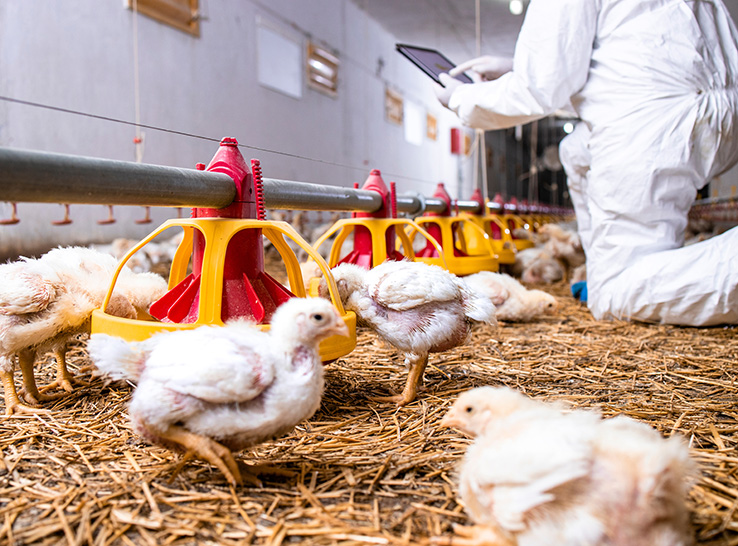
The topic of sustainability has expanded over the years and is dependent on many aspects. Among those are feed, bird productivity and health.
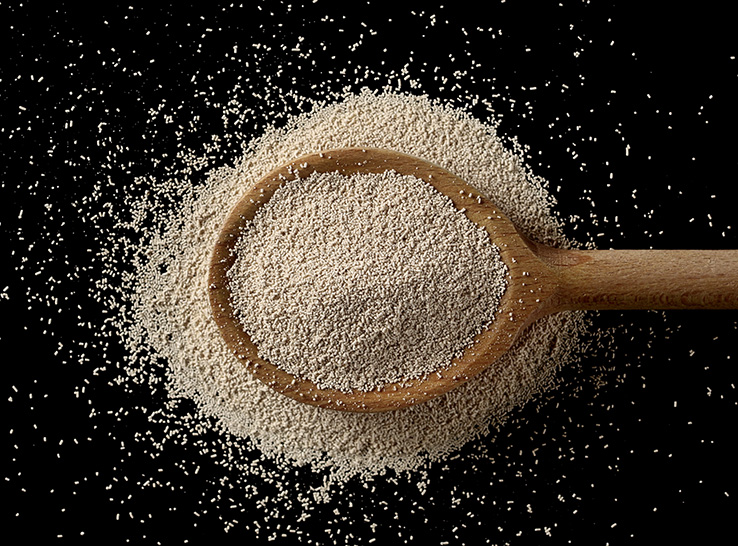
Dried distillery yeast can be used as a source of energy and protein in broiler diets, but producers should pay attention to inclusion rates to avoid affecting feed conversion and potentially disrupting the birds’ gut microbiome.

Modern Poultry has appointed JoAnna Pendergrass, DVM, as its managing editor.

By Michael Czarick
Extension Specialist – Engineering
University of Georgia
Department of Poultry Science

Transporting poultry from grow farms to processing plants can be stressful for birds, even more so in humid weather or during a brisk cold snap when stress levels can increase enough to contribute to weight loss and reduced meat quality.
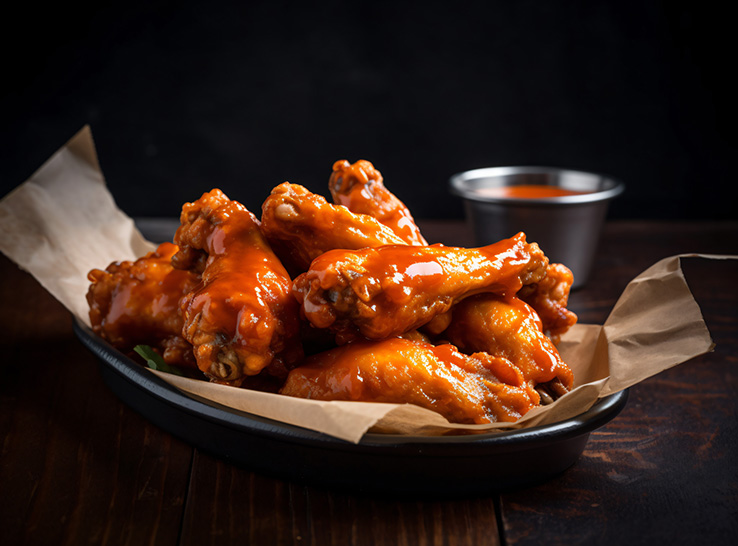
Every year the National Chicken Council issues its annual Wing Report projecting the volume of seasoned chicken wings that will be consumed by ravenous, party-going Americans while watching the biggest football game of the year on TV.